The Fascinating Types of Swords Throughout History
People from all cultures and ages have been fascinated by swords. These bladed weapons, from the elegant katanas of the samurai, to the formidable Claymores of the Scottish Highlands are symbols of honor, power and artistry. This article will take you on a trip through history, as we explore the different types of swords which have made an impact on history.
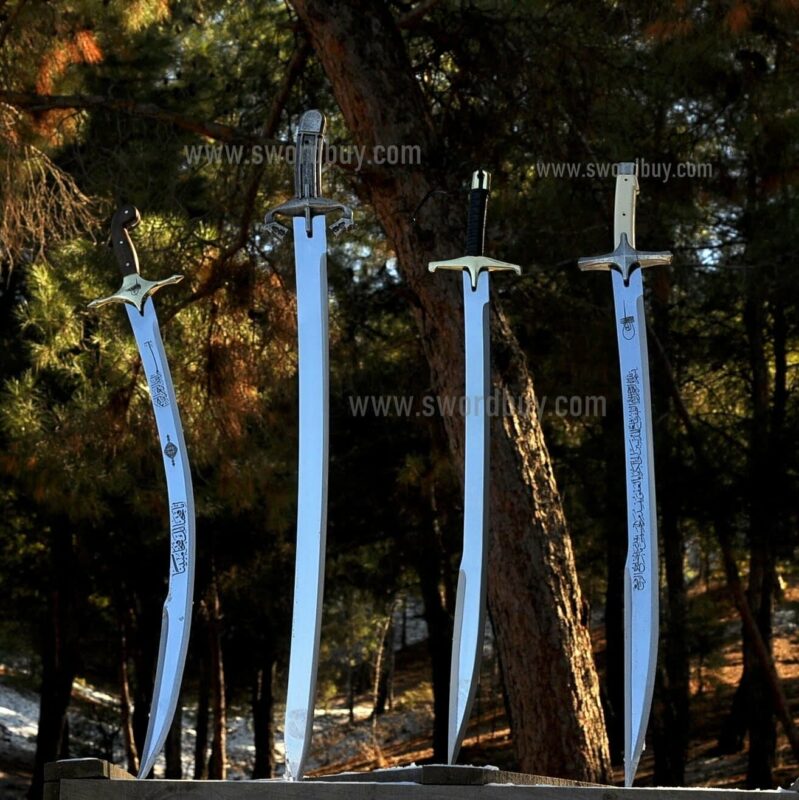
You may be interested in this article. How Master Craftsmen Create Iconic Swords
The Birth of the Sword – Early Beginnings
Bronze Age Sword
Our journey begins around 1600 BCE, in the Bronze Age. Early civilizations were able to create weapons out of bronze, a copper-tin alloy. Early swords were usually short, double-edged and designed for thrusting. This is evident in the Egyptian khopesh with its unique sickle-shaped sword. It combines both a blade and an axe.
Ancient Swords – From Iron to steel
Gladius, Rome’s instrument of conquest
Around 1200 BCE we entered the Iron Age. The transition from bronze metal to iron was a significant development. This era is exemplified by the Roman gladius. It was renowned for its role in expanding the Roman Empire. The gladius, with its wide, short blade and sharp tip, was designed to be used in close combat. It became a powerful weapon for the Roman legions.
The Xiphos, the Greek warrior’s choice
Across the Mediterranean the Greeks used the xiphos – a double-edged, straight sword. The xiphos was a weapon used by the hoplites as a secondary weapon. It could be used to slash and thrust in phalanx formation. Elegant design and lethal effectiveness made the xiphos a mainstay of Greek warfare.
Medieval Marvels – Swords of the Middle Ages
The Knight’s Companion: The Longsword
In the Middle Ages, the longsword became a popular weapon. It was a versatile and chivalric weapon that was associated with European knights. The double-edged longsword blade, which is usually 40 to 48 inches in length, allows for both cutting and slashing techniques. Longswords were not just weapons, but also symbols of honor and knighthood. They appeared in medieval art and literature.
Falchion: An Innovative Blend of Form and Functionality
The falchion was a shortsword with a blade that is slightly curved and has a single edge. It contrasted the elegance of the longsword. The design of the falchion, which was influenced by that of the machete made it especially effective against unarmored enemies. Its ease of use and utilitarian design made the falchion popular among medieval soldiers and mercenaries.
Eastern Elegance – Swords from the Far East
The Katana, the Soul of a Samurai
The katana is the most iconic sword of the Japanese Samurai. The katana, which was first created in the 12th century, is known for its sharp, curved edge and exceptional craftsmanship. Forging a katana involves folding and hammering steel layers to create a blade with remarkable flexibility and strength. The katana was more than just a weapon of war; it represented the honor and spirit of a samurai.
The Jian, China’s Double-edged Masterpiece
Since over 2,500 year, the jian is revered in China as a double-edged, straight sword. The jian, also known as “the Gentleman of Weapons”, was often favored by nobles and scholars. The jian’s balance design allows for fluid, graceful movements. It is an ideal weapon for martial art. In Chinese literature and folklore, the jian is regarded as a weapon that represents justice and virtue.
You may be interested in this article. How to Maintain a Handmade Sword?
Swords of the Renaissance – Innovation and Refinement
The Rapier: A Duelist’s Delight
Rapier was developed during the Renaissance, a period that placed a high value on art and individuality. The rapier was a thin, sharply-pointed sword designed to be thrusting. It became the weapon of choice in duels. Rapier hilts are intricately designed, and often decorated with elaborate guards or quillons. They reflect the artistic flair of that era. The rapier was used by fencing masters to refine their swordsmanship techniques.
The Claymore, Scotland’s Great Sword
We travel from the Renaissance to the rugged landscapes in Scotland where the claymore is a large, two-handed sword that was used by Highland Warriors. Its large blade and impressive length made the claymore a powerful weapon on battlefields. The claymore was a symbol of Scottish bravery and resilience, which clan chiefs often used during conflict. Claymores have evolved in design over the years. Some feature distinctive quillons that are angled forward, which adds to their uniqueness.
Exotic Swords – Unique Designs From Around the World
The Kris: Southeast Asia’s Wavy Wonder
The kris is a distinctive weapon in Southeast Asia with a wavy blade. This weapon, which originated in Indonesia, is rich with spiritual and cultural significance. The blade of the kris, which is often asymmetrical and mystical, is used both in combat and for ceremonial purposes. The intricate sheath and hilt of a kris showcase the craftsmanship of its maker.
The Shamshir – Persia’s Elegant Curve
Persia, or modern-day Iran, gave us the shamshir saber. It is a deeply curving saber that is known for its beauty and efficiency. With its single-edged knife, the shamshir is ideal for mounted combat and allows for powerful slashing. The name of the weapon, which means “lion’s paw,” reflects on its deadly capabilities. The shamshir has influenced other sabers in the Middle East and Asia. It is a legacy of swordsmanship.
The Evolution of Swords – From Weapons to symbols
The Small Sword – A Gentleman’s Accesory
The small sword became a popular accessory among European gentlemen in the 17th and the 18th centuries. The small sword, lighter and more refined than previous versions, was created for self-defense and dueling in urban environments. The elegant design, which was often embellished with decorative guards and hilts, made the small sword a symbol for status and sophistication.
The Cavalry Saber – A Legacy of Honor
In the 19th century the cavalry sword became synonymous with mounted troops from various armies. The curved blade of the saber was ideal for cutting attacks during charges. It became an essential weapon among cavalry units. The legacy of the saber has endured to the present day, as it represents the tradition and honor of military service.
Swords: A Timeless Appeal
Swords have evolved over time from being merely weapons. Swords have evolved from weapons to symbols of honor, power and artistry that reflect the cultures and times they were produced in. Each sword, from the bronze blades in ancient Egypt to the beautifully crafted katanas in Japan, tells a tale of human creativity and aspiration. We are reminded by the iconic swords and their timeless appeal as we reflect on the different types of swords used throughout history.
Last Thoughts on the Legacy of Blades
Swords are a part of the tapestry that is human history. They hold a special place in our hearts and minds. Their evolution reflects our own journey, from ancient civilisations to modern society. Swords are a constant source of inspiration and fascination, whether they’re used as weapons of war, symbols for nobility or artistic objects. Take a moment the next time you see a sword, whether in a movie, story or museum to admire its rich history. Swords are a legacy that will live on for many generations.
—
We thank you for taking part in this journey of historical swords. Check out our other articles about historical weapons, their impact on society and culture. Keep your curiosity alive and stay sharp!
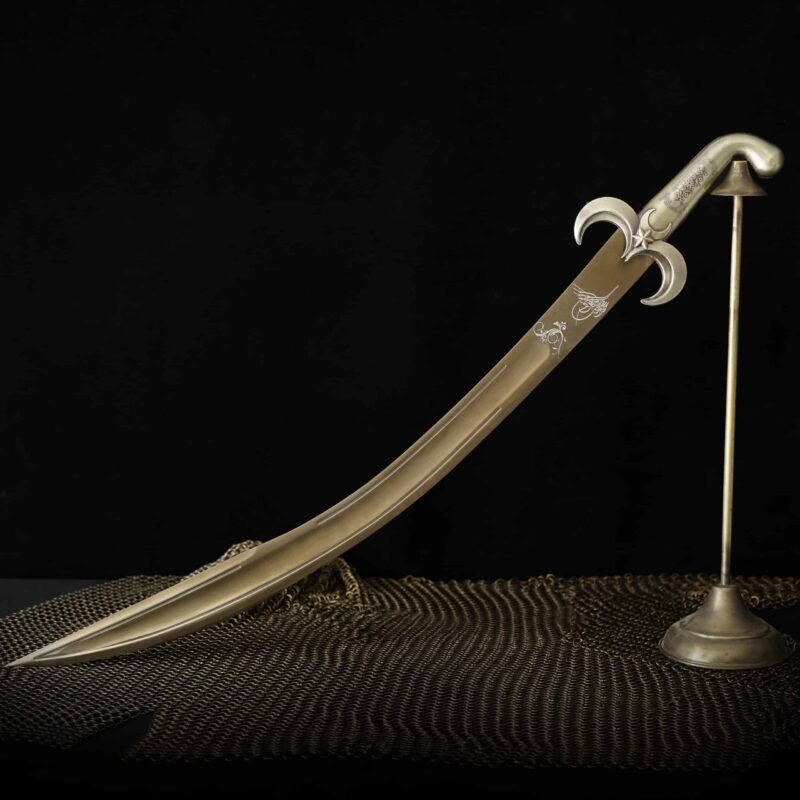

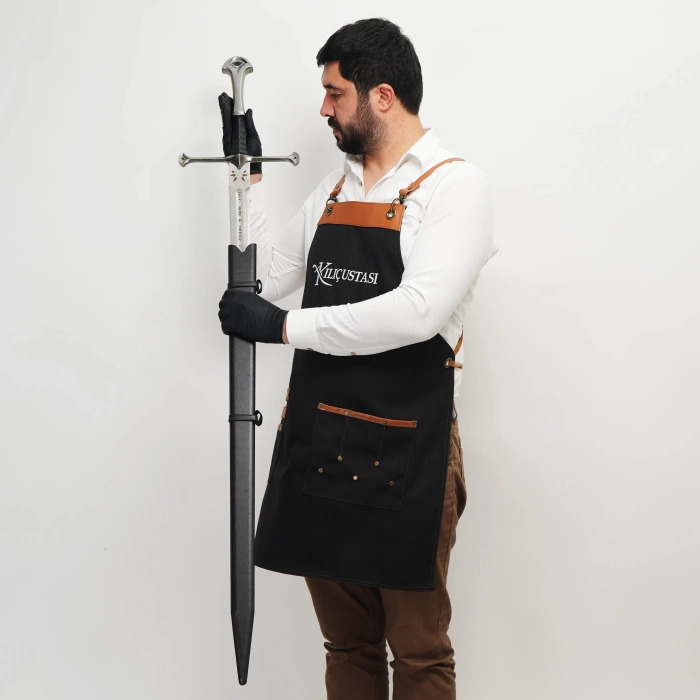
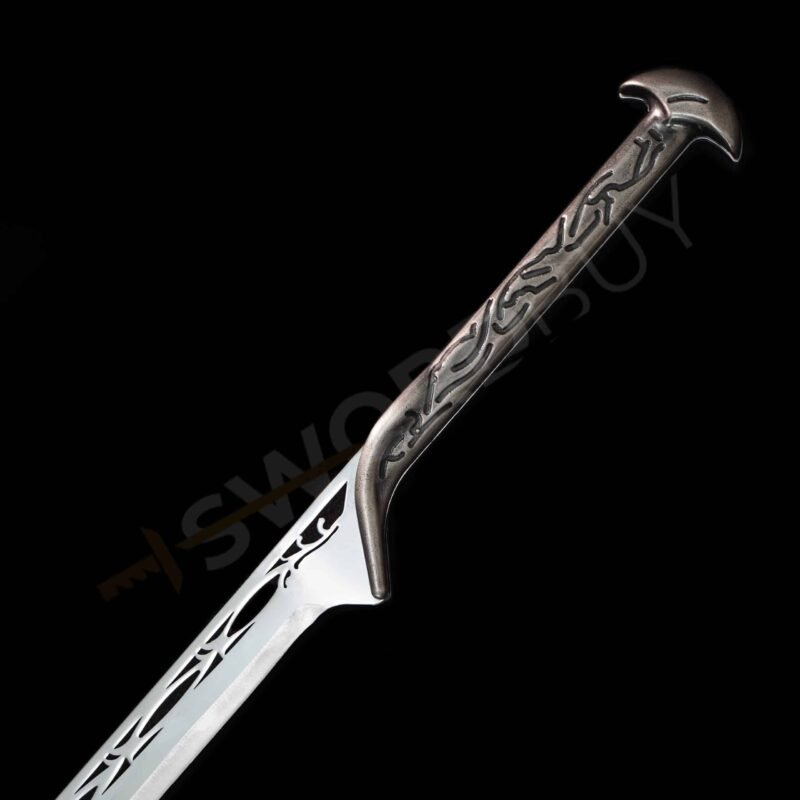
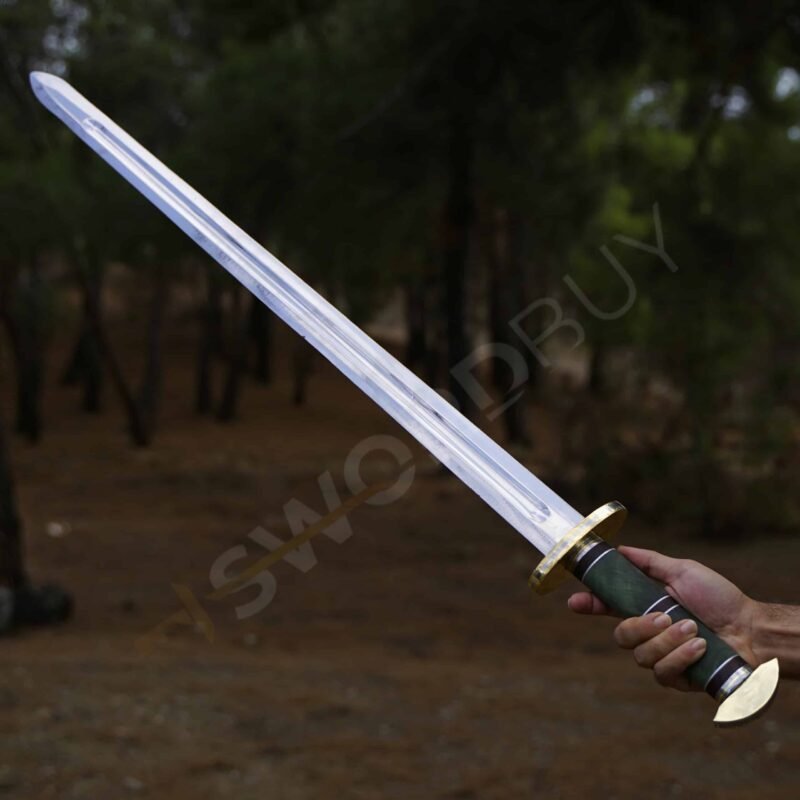
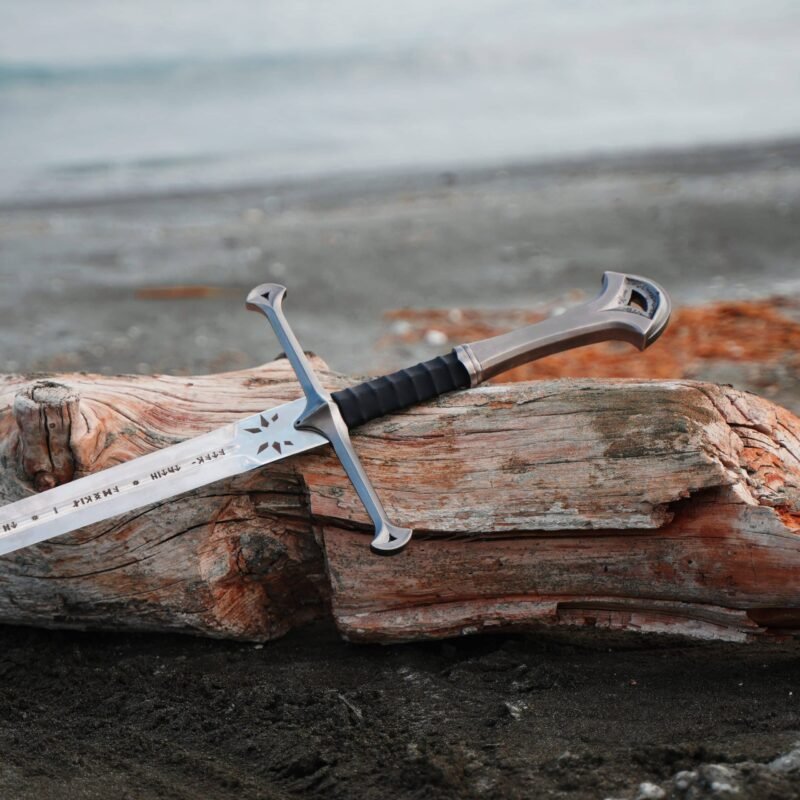
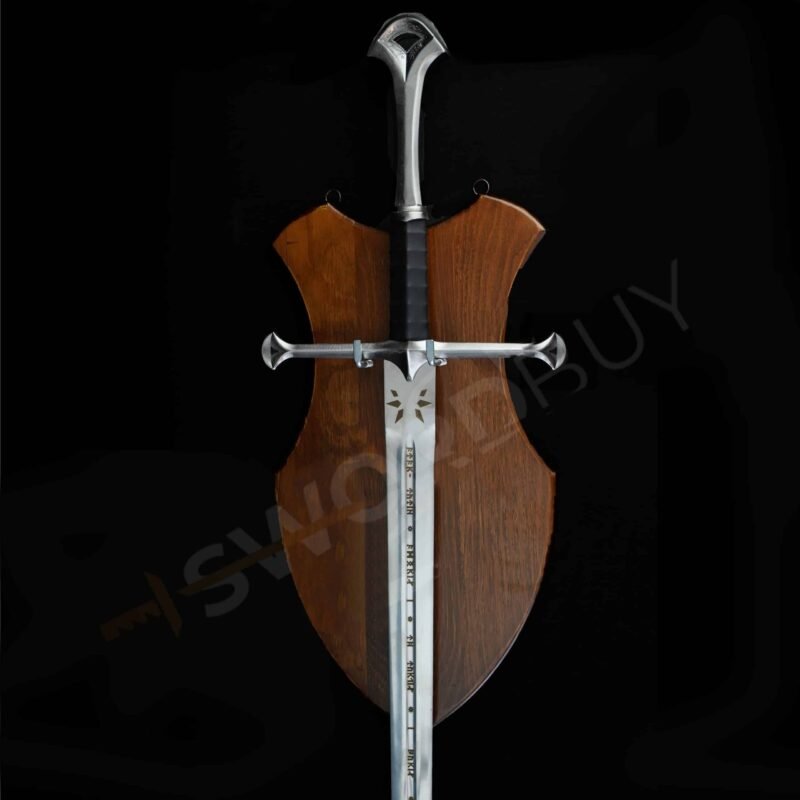
Pingback: The Intricate Process of Modern Sword Design - SwordBuy